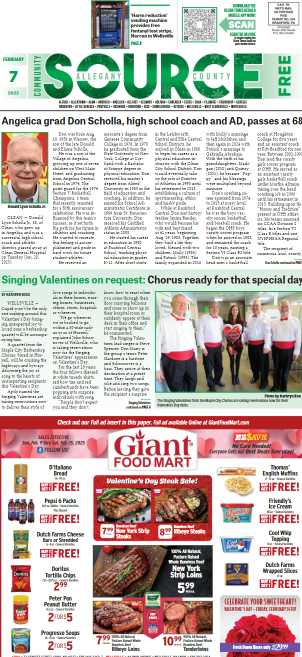Brad Pitt (left) and Damson Idris star as rival drivers on the same Formula One team in “F1.”
Apple Original Films
Lifestyle, Lifestyles
From ‘Maverick’ director Kosinski, ‘F1’ satisfies the need for speed
People are pretty simple animals — we like it when something goes fast. I mean, really fast. Jet p...







